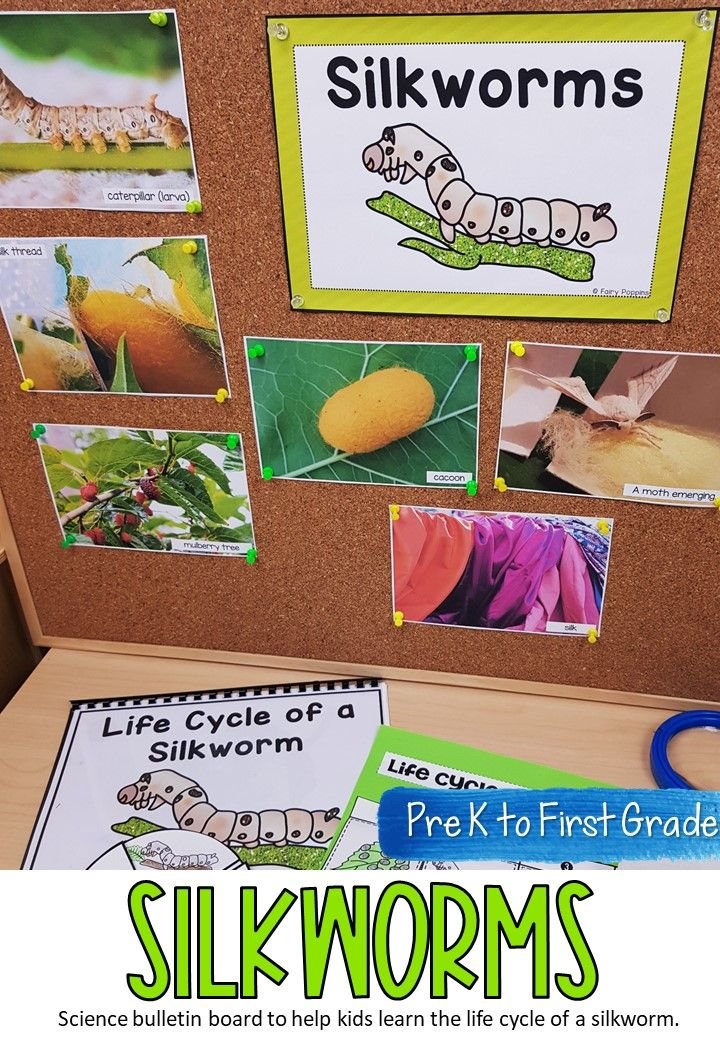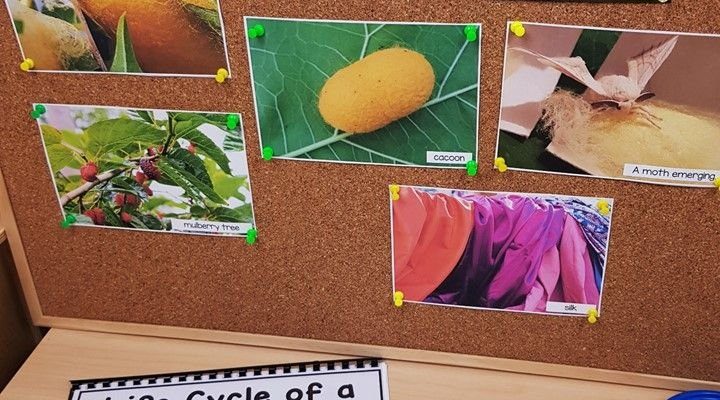
Silkworms, scientifically known as *Bombyx mori*, are the larval stage of silk moths. They’re not just your average insect; they have a rich history and are integral to the textile industry. This makes them an exciting subject for various educational projects. You might be wondering how these little bugs can become the star of a science project. Well, let me explain how working with silkworms can be both engaging and informative.
What are Silkworms and Their Life Cycle?
To start, let’s dive into what silkworms actually are. These larvae hatch from eggs laid by silk moths, and they’re famous for producing silk. The **silk itself** is a protein fiber that the caterpillars produce to create cocoons for protection. A typical life cycle of a silkworm consists of four stages: egg, larva (caterpillar), pupa (cocoon), and adult moth.
– **Egg**: The journey begins when the female moth lays hundreds of tiny eggs. Each egg is about the size of a pinhead.
– **Larva**: Once hatched, the larvae emerge and immediately start munching on mulberry leaves. They can grow nearly 10,000 times their original size in just a few weeks!
– **Pupa**: After about a month of eating, they spin themselves into a cocoon, which can take several days. This is where the magic happens.
– **Adult Moth**: Finally, they metamorphose into adult moths, which will eventually lay eggs and continue the cycle.
Understanding this life cycle sets the stage for exciting projects that can help students grasp concepts like metamorphosis, growth, and even the importance of biodiversity.
Why Use Silkworms for Educational Projects?
You might be asking, “What makes silkworms a good choice for science projects?” Here’s the thing: they are relatively easy to care for and require minimal equipment. Plus, observing the transformation of silkworms can be mesmerizing!
1. **Hands-on Learning**: Students can personally witness the life cycle, which deepens understanding far more than reading about it in a textbook.
2. **Versatile Projects**: Whether you’re studying biology, ecology, or even history, silkworms fit into a variety of subjects. They can be used to explore topics such as genetics, the history of textiles, and sustainable practices.
3. **Sustainability**: Discussing how silk production affects the environment can lead to valuable conversations about sustainability, agriculture, and ethical practices in the textile industry.
By integrating silkworms into educational projects, you open the door to rich learning experiences that can spark curiosity and a love for science.
How to Set Up a Silkworm Project
Starting a project with silkworms is straightforward, but there are a few essential steps to ensure success. Here’s a simple guide to get you going:
1. **Get Silkworm Eggs**: You can find silkworm eggs online or at a local science supply store. Make sure to buy from a reputable source to ensure they’re fertile and healthy.
2. **Create a Habitat**: Silkworms don’t need much—just a suitable container, some mulberry leaves (or a silkworm food substitute), and a warm, dry environment. A clear plastic container with air holes works well.
3. **Daily Care**: Feed the silkworms fresh leaves daily and keep them in a warm spot. They’ll grow quickly, so it’s essential to monitor their food supply.
Setting up this project doesn’t require a science lab—just some basic supplies, enthusiasm, and a little patience!
Educational Benefits of Raising Silkworms
Hosting a silkworm project provides a wealth of educational benefits. Here are a few key advantages to consider:
– **Biological Concepts**: Students can learn about **metamorphosis**, life cycles, and even genetics if they breed different silkworm strains.
– **Observational Skills**: Watching silkworms develop encourages students to observe and record changes, enhancing their ability to note details carefully.
– **Critical Thinking**: Students can analyze variables that affect growth, like temperature or diet, and hypothesize outcomes based on their observations.
By fostering these skills, students not only gain knowledge but also learn to think like scientists!
Common Challenges in Silkworm Projects
While raising silkworms can be fun, it’s not without its challenges. Here are a few common issues you might encounter and how to handle them:
– **Temperature Control**: Silkworms thrive in temperatures around 25°C (77°F). Too cold or too hot can hinder their growth. Consider using a small heat lamp if your room is chilly.
– **Food Availability**: They eat a LOT! If you run out of mulberry leaves, the growth rate could decline. Find reliable suppliers or learn to grow your own leaves.
– **Handling and Care**: Silkworms are sensitive creatures. Teach students to handle them gently to avoid harming them.
Being aware of these challenges allows you to prepare and successfully navigate the silkworm life cycle.
Exploring Silkworms Beyond the Classroom
After completing your project, there are still plenty of ways to utilize what you’ve learned about silkworms. For example, consider creating a mini-exhibit showcasing the life cycle or even a presentation detailing the history of silk production.
Additionally, you can also explore **eco-friendly practices** by discussing how silk is used today and the environmental impact of traditional silk farming versus synthetic alternatives. This not only enriches the educational experience but also encourages students to think critically about their choices as consumers.
Silkworms are more than just fascinating little creatures; they’re a gateway to exploring biology, ecology, and sustainability in an engaging way. By incorporating silkworms into educational science projects, you provide students with a chance to witness nature’s wonders firsthand.
So, if you’re looking for a unique project that encourages critical thinking and hands-on learning, why not give silkworms a try? They might just teach you—and your students—more than you ever expected!

